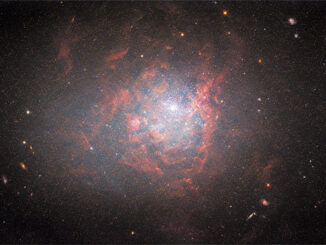
starburst galaxy

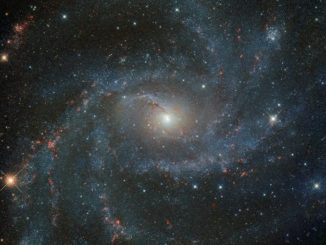
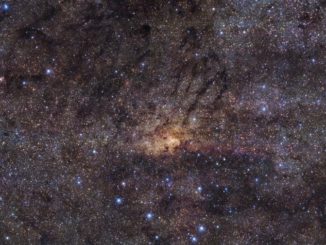
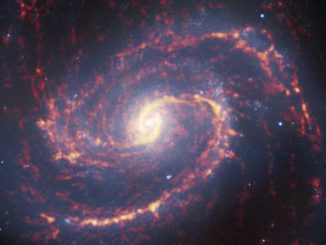
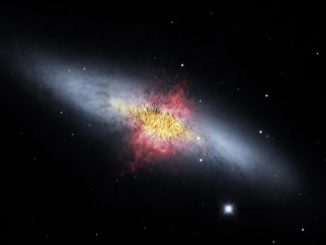
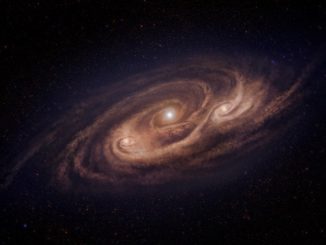
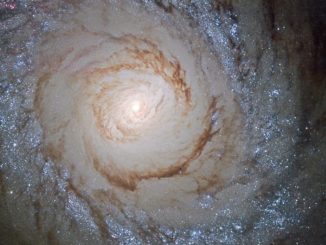
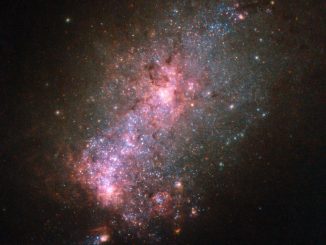
Hubble reveals a galaxy fit to burst
This NASA/ESA Hubble Space Telescope image reveals the vibrant core of the galaxy NGC 3125, approximately 50 million light-years away. Discovered by John Herschel in 1835, NGC 3125 is a great example of a starburst galaxy — a galaxy in which unusually high numbers of new stars are forming, springing to life within intensely hot clouds of gas.
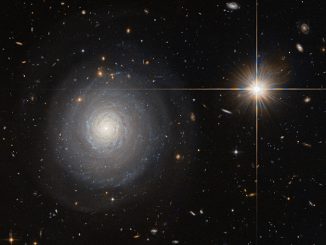
Hubble sees a lonely starburst galaxy
This NASA/ESA Hubble Space Telescope image shows an isolated starburst galaxy named MCG+07-33-027. The galaxy lies some 300 million light-years away from us, and is currently experiencing an extraordinarily high rate of star formation — a starburst. Normal galaxies produce only a couple of new stars per year, but starburst galaxies can produce a hundred times more than that!
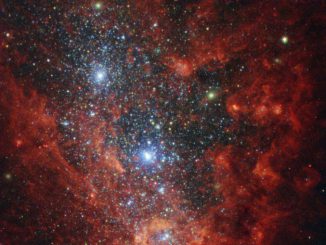
Hubble views the iridescent interior of a starburst galaxy
This NASA/ESA Hubble Space Telescope image reveals the glittering interior of one of the most active galaxies in our local neighbourhood — NGC 1569, a small starburst galaxy located about eleven million light-years away in the northern constellation of Camelopardalis. For almost 100 million years, NGC 1569 has pumped out stars over 100 times faster than the Milky Way.
